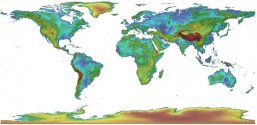The figures above are FOVs of the lenses defined in unit of angle. It is 1.5/0.06=25.View attachment 71869
Just this image. I don't know where this slide come from. The FOV of Hubble is close to what I can find from Nasa's website. The angular resolution of Hubble is wrong though (unless they are not talking about visible light).
I think the figure 300 is the ratio of area covered by the WFS sensors which is smaller than the lens would provide. A perfect spherical plane with 25 times radius would be 25*25=625 times in area. However, the sensors are not arranged in a circle, but a irregular shape, so the actual area of view of the main sensors is smaller. I think you have made that guess already.

